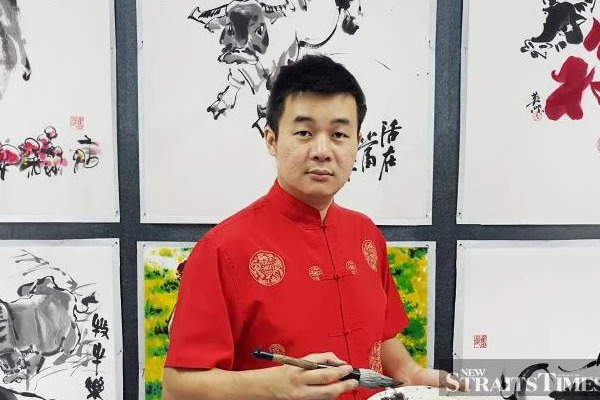
Artist Tee Ying Jie paints the language of the Gods
Columns of Chinese characters done with a meticulous hand fill up the wall behind him, and he presides over them all like a benevolent Master, dressed in a sombre dark shirt complete with slicked back hair.
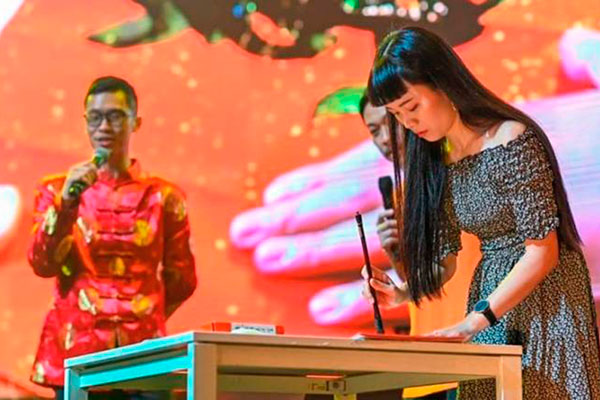
Staying in character
Fong Sheeney holds great hope for the revival of Chinese calligraphy in a contemporary world.
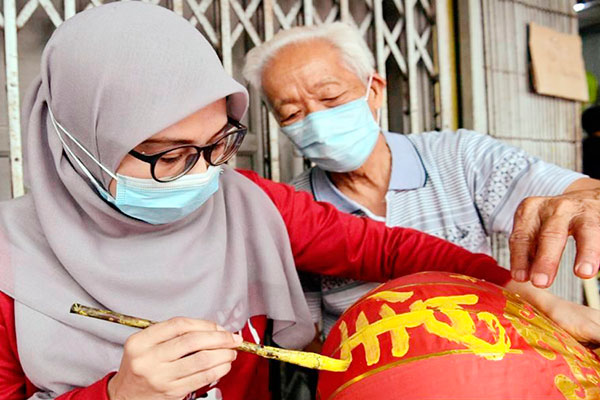
Cheng, Azizah connect through Chinese calligraphy
Chinese New Year is a busy period for Chinese calligrapher, Cheng Ho Chung, 83, because there will be numerous orders for couplets and such with wishes for success, health and wealth.
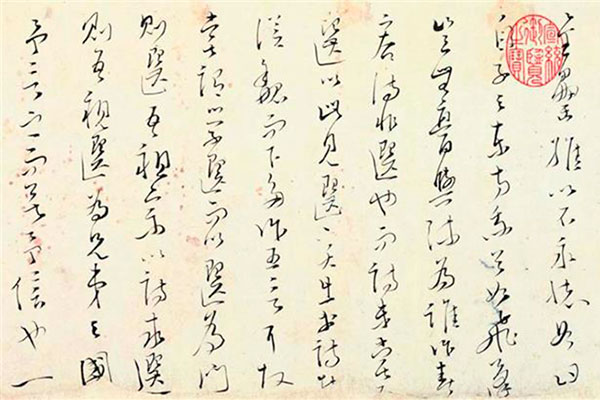
Little-known calligraphy art skills of heroic Kublai Khan adversary
Wen Tianxiang (1236-83), the heroic official who resisted the invasion of Mongolian troops in Southern Song Dynasty (1127-1279), is rightly remembered in China for his patriotism, righteousness and loyalty to his people and land. Yet, little is known about his brilliant calligraphy skills.
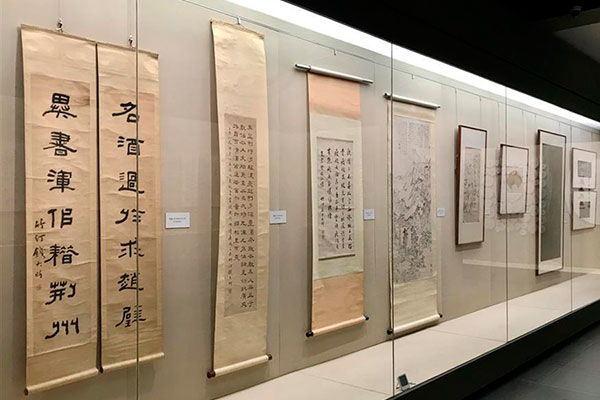
Work of a great Qing Dynasty scholar on show
Paintings, calligraphy and other work from Jiading native Qian Daxin (1728-1804), a great scholar in the Qing Dynasty (1644-1911), are on display at Jiading Museum through February 28.
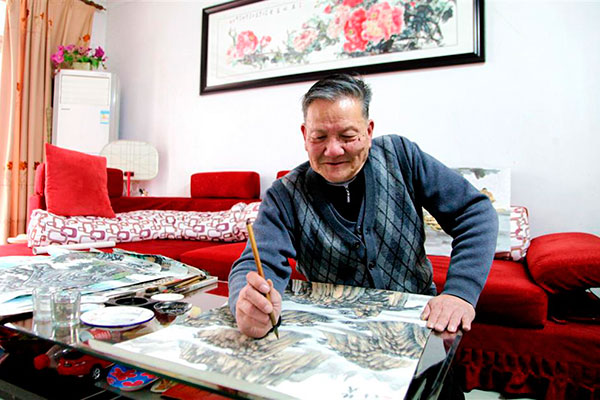
The silent world of a renowned folk artist
Zhu Baoheng’s home in Anting Town is like a small exhibition hall for painting and calligraphy. A large watercolor on the wall depicting flowers is an attraction, while the “Four Treasures of the Study” — brushes, ink, inkstone and rice paper — and tools for carving are placed on a white glass tea table. Books, certificates, trophies and medals are on a bookshelf and under the bed in his bedroom.
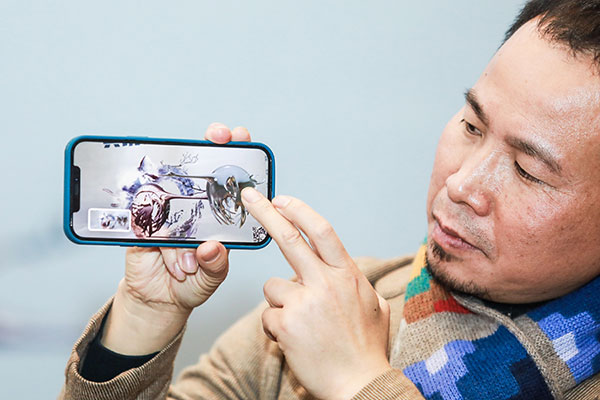
Chinese artist combines art, the Great Wall and augmented reality
A Chinese artist is experimenting with releasing his newest artworks by using the latest augmented reality (AR) technology at the Great Wall of China. Gao Xiaowu, a young artist well-known for his creative installations, is using AR to realize his art approach through his new Shared Environment series.

Chinese opera characters come to life in new exhibit
An art exhibition featuring characters from traditional Chinese operas kicked off December 15 at Shanghai Mass Art Center and runs through Sunday. It showcases more than 70 works by artists of different generations, including Ding Liren, Xie Chunyan, Zhu Gang and Gu Cunyan.

Calligraphy masterpiece flourishes on TCM
In the long, profound history of Chinese calligraphy, there are numerous notable father-and-son calligraphers. The “Two Wangs,” for instance, Wang Xizhi (AD 303-361), dubbed as “Sage of Calligraphy,” and his youngest son Wang Xianzhi (AD 344-386) are arguably the greatest exponents of all time in Chinese history.
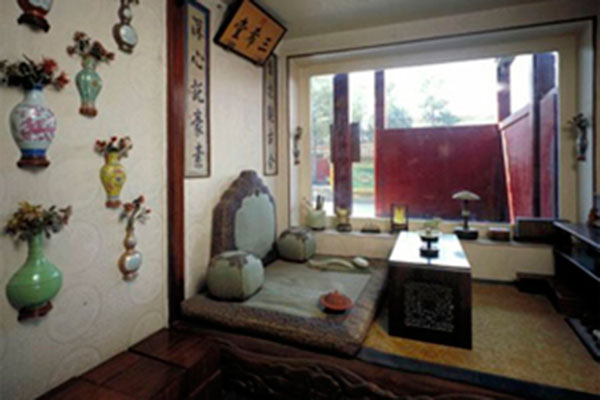
‘Three Rarities Treasure’ almost lost to imperial family’s greed
On the far west of the “Yangxin Dian,” or Hall of Mental Cultivation, in the Imperial Palace in Beijing, there is a side room called “Sanxi Tang,” or the Hall of Three Rarities. The room acted as Emperor Qianlong’s (1711-99) study at one time and housed three masterpieces of Chinese calligraphy — Wang Xizhi’s “Timely Clearing After Snowfall,” his son Wang Xianzhi’s “Mid-autumn Manuscript” and his nephew Wang Xun’s “A Letter to Boyuan.”
